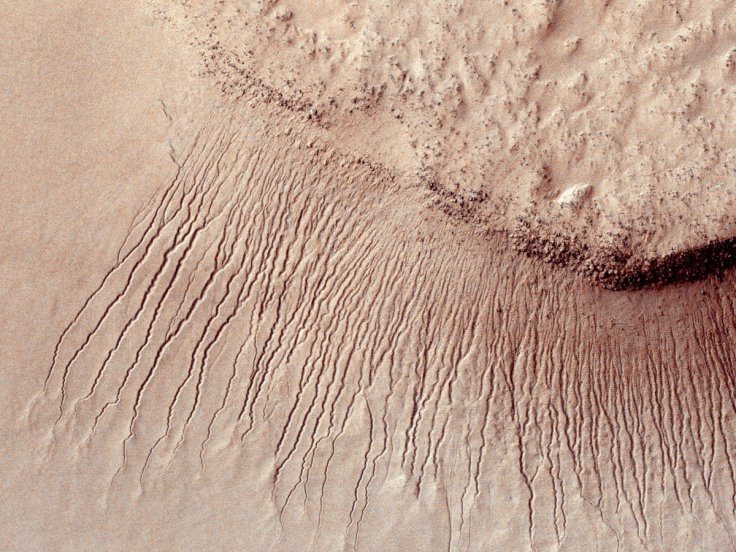
Right now, Curiosity is roving Gale Crater, a 150-kilometer-wide ancient basin in Mars. It found some interesting evidence of streams in the walls of the crater.
Some rocks seem to be rich in mineral salts and indicated by the rover as evidence of shallow, briny ponds that went through different stages. First, they seemed to have overflowed and then they dried up. The deposits were pieces of watermark that were created by climate changes, even as the Martian landscape changed from a wet to a totally frozen desert.
The team examined salts that were discovered across a 500-foot-tall section of sedimentary rocks called "Sutton Island." This was discovered by Curiosity in 2017. It had a number of mud cracks at a point called "Old Soaker". The salt deposits seem to indicate that the water later got concentrated into brine.
How many years did the process of converting from wet to dry lands take? More evidence is expected from the "sulfate-bearing unit," with its drier environment. It gives the difference from much lower down the mountain, where Curiosity found some persistent freshwater lakes.
Gale Crater is an ancient remnant. Water and wind carried some sediments and filled the floor of the crater. After they became harder, they turned into the towering Mount Sharp.
"We went to Gale Crater because it preserves this unique record of a changing Mars," said lead author William Rapin of Caltech. "Understanding when and how the planet's climate started evolving is a piece of another puzzle: When and how long was Mars capable of supporting microbial life at the surface?"

Banking on the similarities between earth and Mars, Rapin felt that Sutton Island might have looked like salt lakes on South America's Altiplano. Streams and rivers flowing into this arid, high-altitude plateau made for closed basins, rather like Mars' ancient Gale Crater.
Sutton Island's salt-enriched rocks are just one clue among several the rover team is using to piece together how the Martian climate changed. Looking across the entirety of Curiosity's journey, which began in 2012, the science team sees a cycle of wet to dry across long timescales on Mars.
There are also large rock structures, which could have been formed only in a higher-energy environment. Whenever there is running wind or flowing water, it piles sediment into layers that gradually incline and soon harden into rock, becoming large structures like "Teal Ridge."
The findings were published in Nature.









